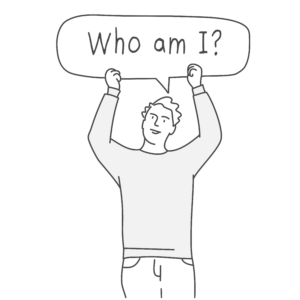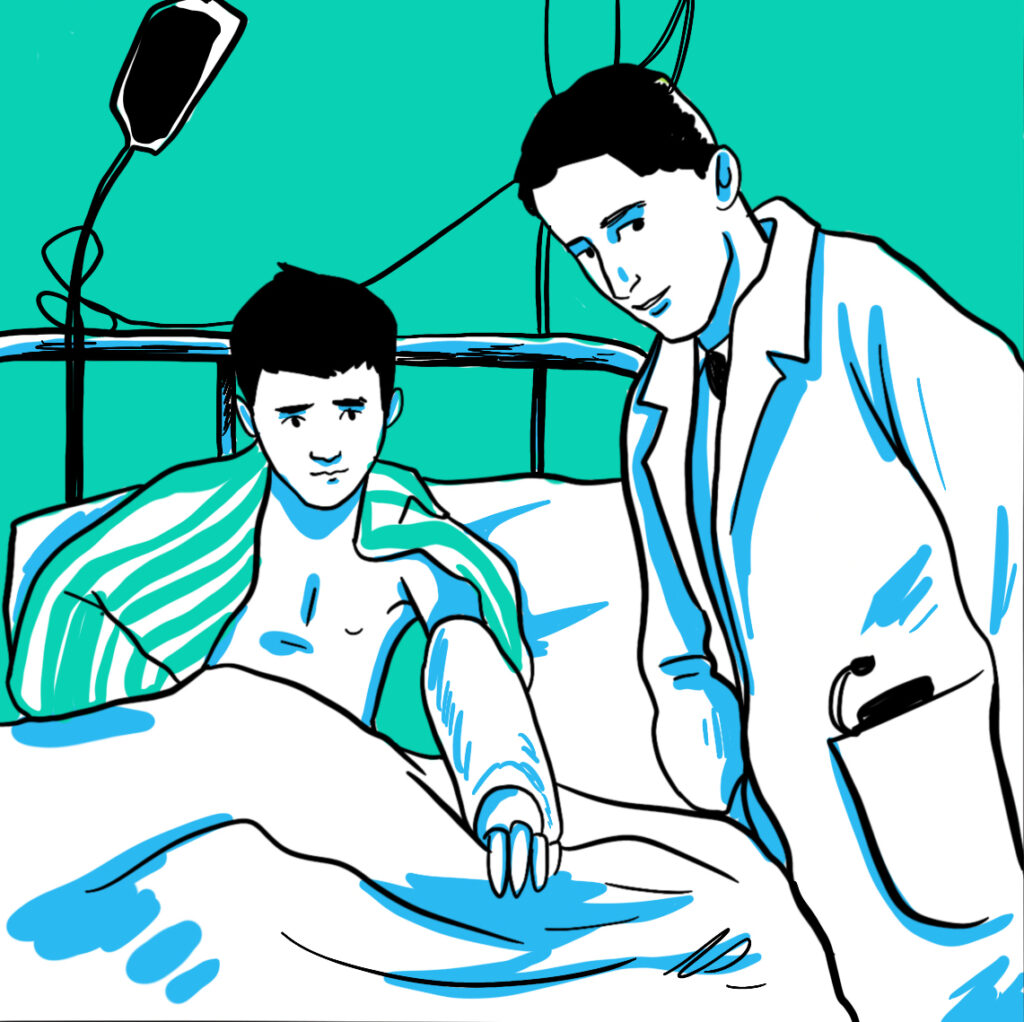What’s in a label?
 I have asthma – I am not an asthmatic! I am Kate, a woman, a children’s nurse, a daughter, a sister, an aunt, a researcher, and many other things too. Oh, and I have asthma – it does not define me. Yet, when it comes to caring for people with haemophilia, we call them haemophiliacs or haemophilics. We don’t do that for people with von Willebrand’s disease or other bleeding disorders – so why do we do it for people with haemophilia?
I have asthma – I am not an asthmatic! I am Kate, a woman, a children’s nurse, a daughter, a sister, an aunt, a researcher, and many other things too. Oh, and I have asthma – it does not define me. Yet, when it comes to caring for people with haemophilia, we call them haemophiliacs or haemophilics. We don’t do that for people with von Willebrand’s disease or other bleeding disorders – so why do we do it for people with haemophilia?
Then there’s the paediatric patient… How many of you have paediatrics at home? Where do your paediatrics go to school? Why do children become paediatric patients? And for that matter, why do so many research papers write about patients rather than people? If you live with a long-term condition, must you always be a patient?
Does any of this really matter? Well, I think it does and here’s why ….
Changing times, changing attitudes
Back in the day, when I was a student nurse (a long, long time ago), where there were Nightingale wards and the ‘appendix in bed 10’ was ready to go to theatre/have a bed bath/get medicines/go home, he was an invisible individual, the recipient of care. This would often be the only contact with health care professionals he’d had in his life – and it was delivered by doctors and a care team who ‘knew best’. End of story.
Health care has changed and health literacy is increasing – these days, people are much more involved in their own health care and promotion. This is perhaps truer for those with long-term conditions who are now (or should be) partners in care, with the ability to engage in shared decision making. This can include making complex choices about their care, not just for now but looking to the future too.
Haemophiliac, patient or person with haemophilia?
In this modern healthcare context, continuing to call people with haemophilia ‘haemophiliacs’ demeans their role within their care. To me, it identifies them as ‘objects’ rather than people – and thus the passive recipients of what we ‘all knowing healthcare professionals’ decide. Similarly, referring to people with haemophilia as ‘patients’ makes sense in some contexts, but not always – they are people who have haemophilia.
Bleeding disorders care is a specialism where health care professionals often get to know the people who attend their clinics well, and over a long period of time. So, if we know them all individually as Tom, Dick or Harriet, why don’t we call them people or children with haemophilia (or another bleeding disorder) when we talk or write about them? As a nurse, as a researcher and as Editor-in-Chief of The Journal of Haemophilia Practice, my preference, as far as possible, is to call people with haemophilia ‘people with haemophilia’, not haemophiliacs or patients.
Respect and reflect
To fully engage with recipients of care (note: not ‘our’ patients – we don’t own them) we need to show them the respect that we would want ourselves. This means being identified as individuals – as people who happen to have a condition that requires health care intervention or support that can be discussed and mutually agreed upon. If we take this approach, it might also mean that ‘our patients’ are less likely to be labelled as ‘non-compliant’ or ‘difficult’.
On a side note, for me, it’s the ‘difficult’ people that I like best – not for the challenges they pose, but for the opportunities they provide to think about how we, as health care professionals, are delivering care. Faced with someone ‘difficult’, we can reflect on our practice and adapt how we engage with people (patients, caregivers and staff) to ensure the best outcomes for all.
About the author
Kate Khair is Director of Research at Haemnet. Email research@haemnet.com
 Scan the QR Code to follow us on Social Media
Scan the QR Code to follow us on Social Media
Image: Shutterstock/Semanche


